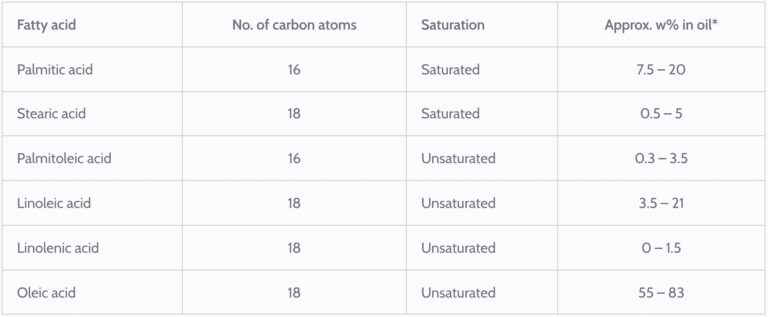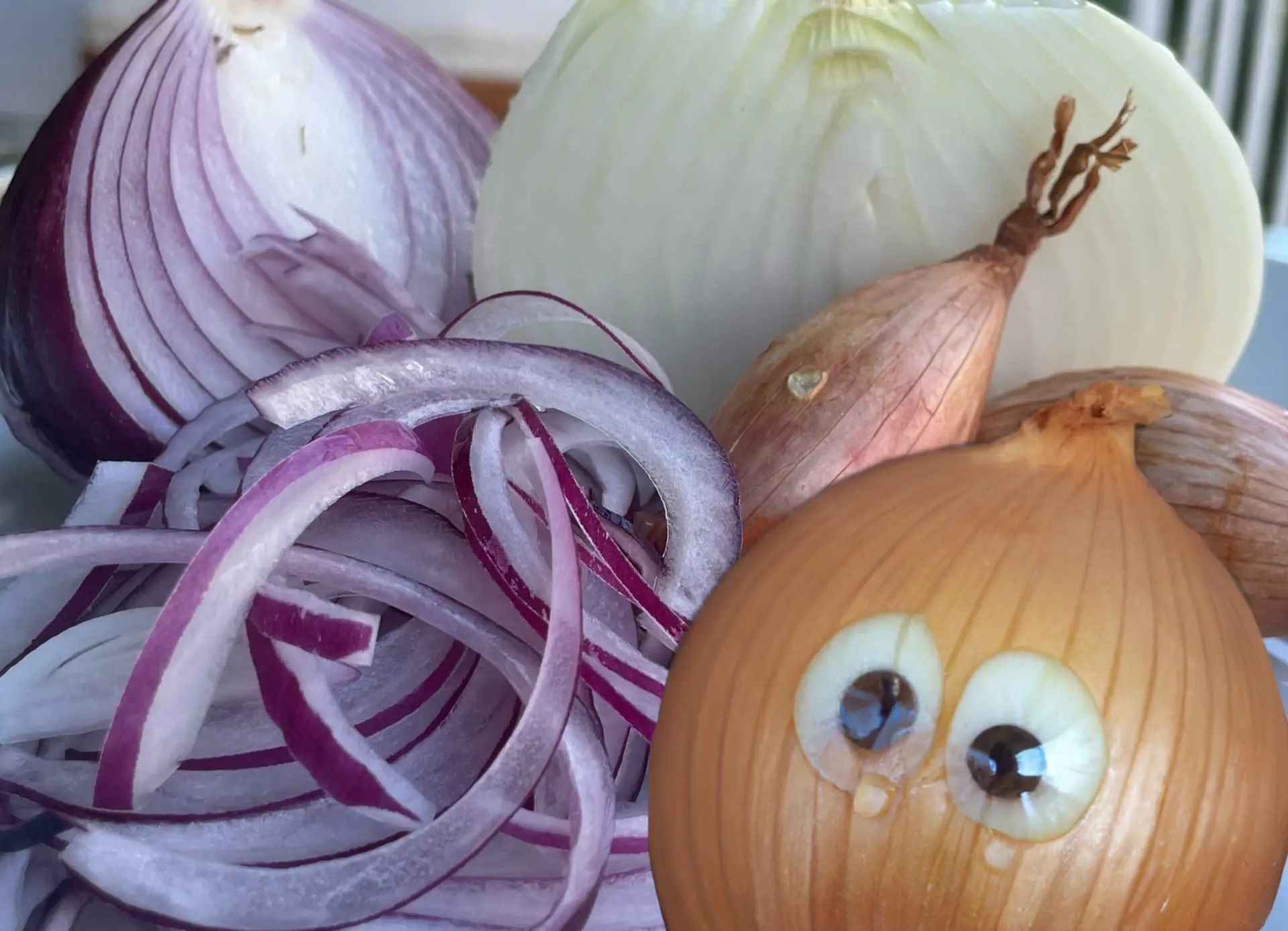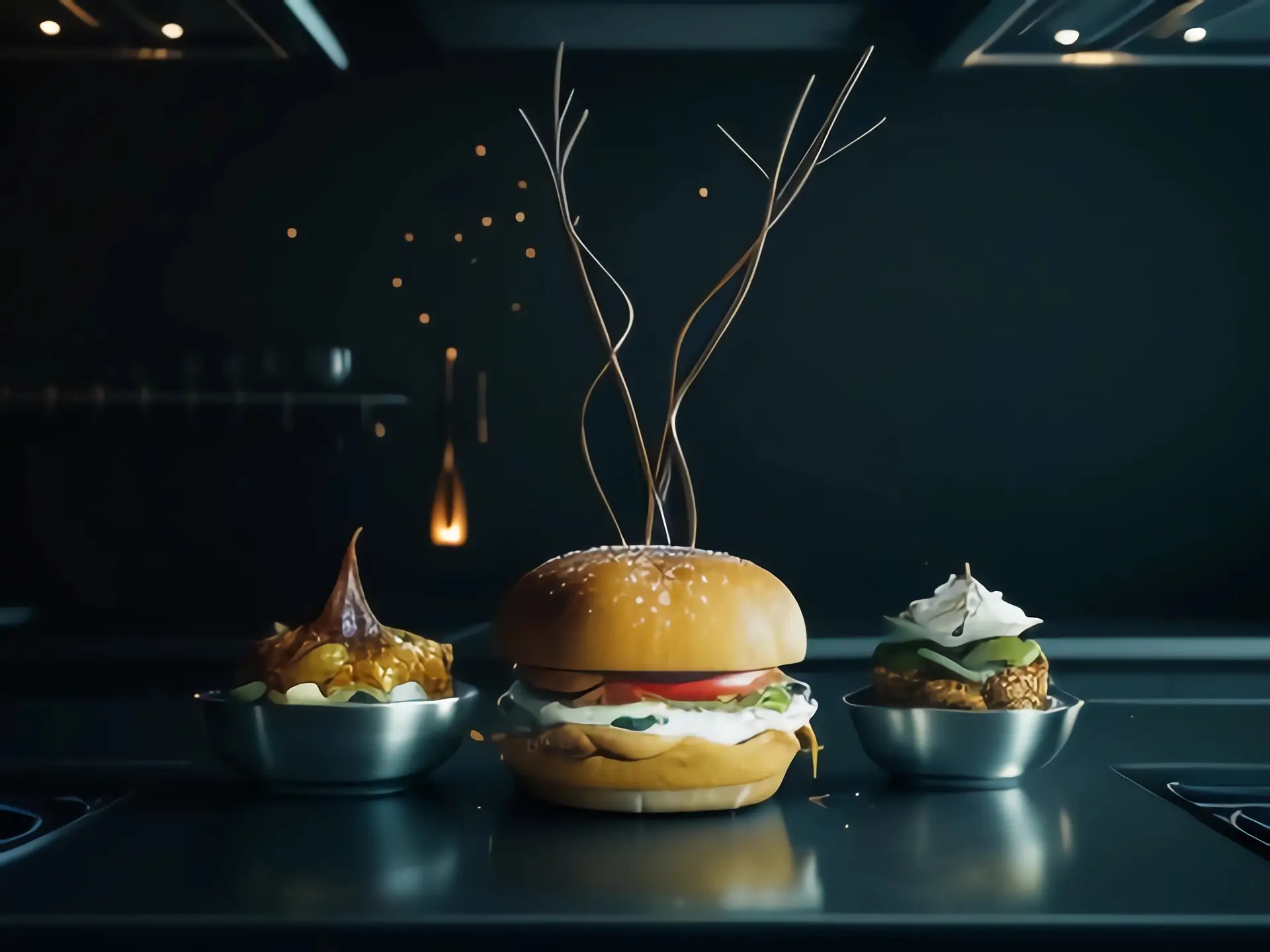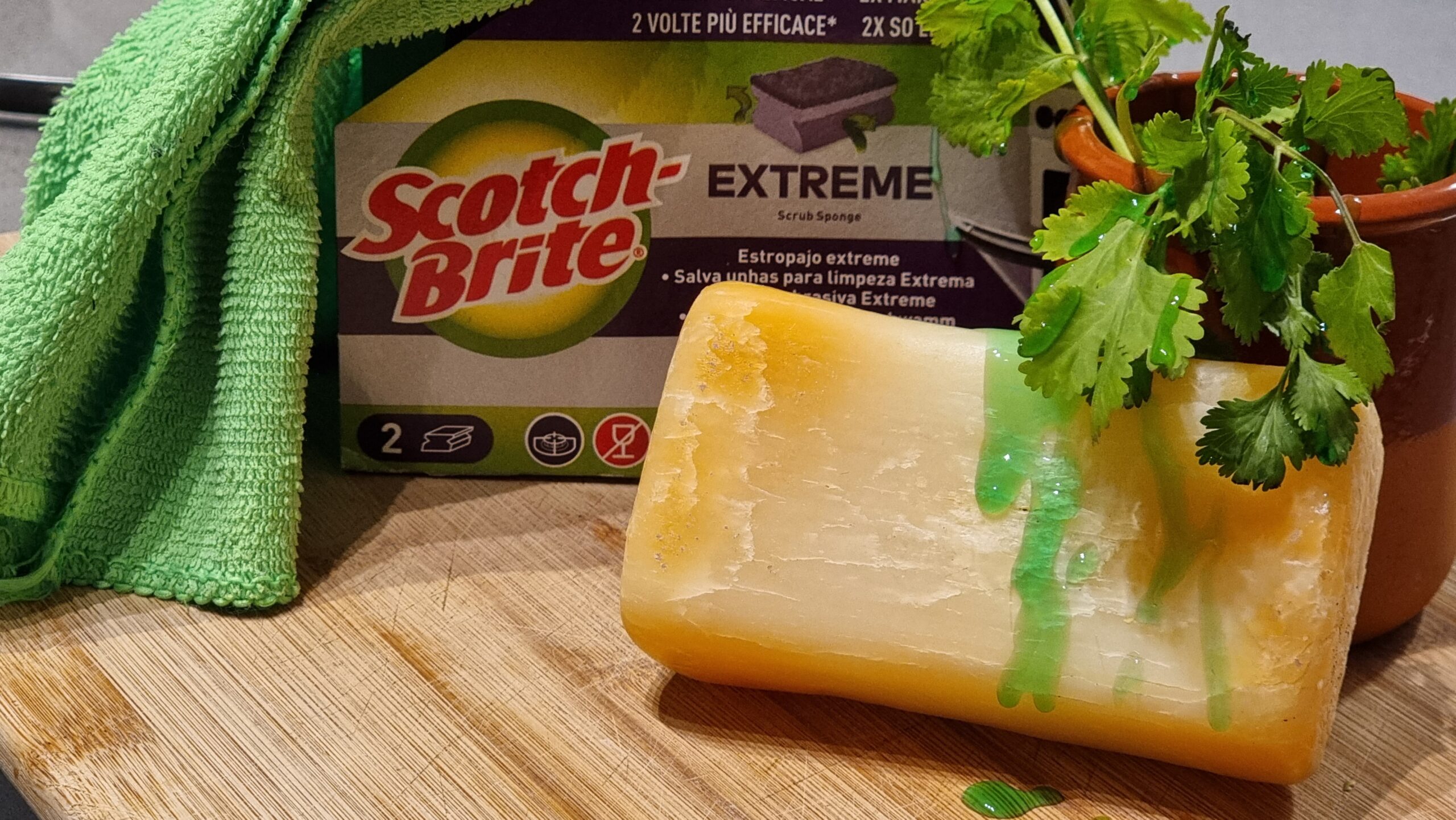Why are olive oils stored in a green bottle?
We all have, at some point in our lives, been confused by looking at the oil shelves in the supermarket. So many varieties -brands, type, level of refinement, source, type and color of bottle, etc.- make us feel at sort of an unsettling place when we think about what to choose (except when you make up your mind before your eyes wander). But out of all the olive oil stands out. It may partly be due to the ongoing talks about its health benefits and also to some extent the cultural aspect of it being so important to Mediterranean cuisine (who doesn’t love a good pizza).
Aristotle, in spite of his reputation, is full of absurdities. He says that children should be conceived in the Winter when the wind is in the North and that if people marry too young the children will be female. He tells us that the blood of females is blacker than that of males; that the pig is the only animal liable to measles; that an elephant suffering from insomnia should have its shoulders rubbed with salt, olive oil, and warm water; that women have fewer teeth than men, and so on. Nevertheless, he is considered by the great majority of philosophers a paragon of wisdom.
– Bertrand Russell
An Outline of Intellectual Rubbish (1943)
Now if according to Aristotle olive oil might alleviate insomnia it’s obvious that many of his followers would believe it to be true. And yes, olive oil indeed has several health benefits, one of them, and probably the most important one is that its consumption may reduce CVD risk in obesity by suppressing inducible platelet P-selectin expression (Zhang et al, 2021) because obesity has reached epidemic proportions globally, with at least 2.8 million people dying each year as a result of being overweight or obese (World Health Organization, 2021). And on the other hand, there is a writer like Nick Harkaway who says:
A woman who can eat a real bruschetta is a woman you can love and who can love you. Someone who pushes the thing away because it’s messy is never going to cackle at you toothlessly across the living room of your retirement cottage or drag you back from your sixth heart attack by sheer furious affection. Never happen. You need a woman who isn’t afraid of a faceful of olive oil for that.
– Nick Harkaway
The Gone-Away World (2008)
I believe it’s more of a literary word-play than a fact. But we’ve got to admit that it’s a part of us and vice versa. Moreover, in Greek mythology, the olive tree has been a symbol of peace between nations. But luckily, olive oil is just oil, and understanding how and what it’s made up of might clear up that confusion and help us select oil quickly for our next round of groceries shopping.
It’s made from olives which are specifically grown for this purpose. When they reach 15%-20% oil by weight they’re harvested and crushed so that the cell walls break and the oil and other fluids might leech out. Now, this mash is left to rest, which is a crucial step for the enzymes that are naturally present in the olives to react to form those aromatic compounds, this process of resting is called malaxation. During this step, the oil droplets coalesce together making it easier for oil and water to separate in the next step. Even though people still refer to separating oil from the mash as pressing most nowadays are centrifuged, a technique that uses differences in densities of oil and other components to separate them. Once the oil is ready it is kept under a “Nitrogen-veil” which means all the oxygen in the storage container is replaced with nitrogen to prevent undesirable chemical reactions such as oxidation, which produces off-flavors and aromas. The oil produced in this way is the least refined and is generally termed as virgin whereas if the olives were superior could be extra-virgin. Also, this oxidation is catalyzed by sunlight due to the nature of free radical reactions so we must store them in dark bottles. As green also represents the color of olive, it was chosen as the preferred color. But any other dark-colored bottle or steel cans will work just as well.
Components of Olive Oil
The composition of olive oil is primarily triacylglycerols (~99%) and secondarily free fatty acids, mono- and diacylglycerols, and an array of lipids such as hydrocarbons, sterols, aliphatic alcohols, tocopherols, and pigments. A plethora of phenolic and volatile compounds are also present (Boskou, 2006). Pigments give the oil its characteristic color and polyphenols its bitter flavor. Only oil-soluble pigments make into the oil because the water-soluble ones are washed away during the process. The most common ones are chlorophyll (green), carotene (orange and red), and lutein (yellowish).

I’ll end with a quote from Gregory Antoniadis, ex-CEO of SEVITEL (Association of Greek Olive Oil Standardization Industries), he says:
Once you get involved with olive oil I think it starts circulating in your veins.
– Gregory Antoniadis
Olive Oil Times (2010)
References:
- Zhang, R., Moscona, A., Myndzar, K., Luttrell-Williams, E., Vanegas, S., Jay, M. R., … & Heffron, S. P. (2021). More frequent olive oil intake is associated with reduced platelet activation in obesity. Nutrition, Metabolism and Cardiovascular Diseases, 31(12), 3322-3325.
- WHO: Obesity. https://www.who.int/news-room/facts-in-pictures/detail/6-facts-on-obesity.
- Boskou, D. (2006). Olive oil: chemistry and technology. AOCS Publishing.







